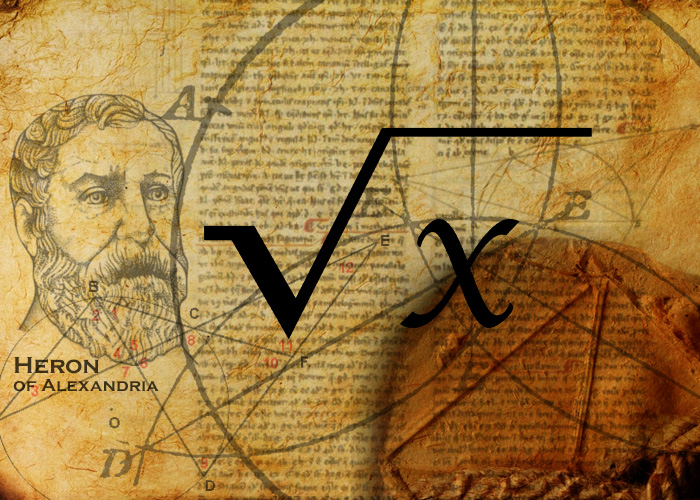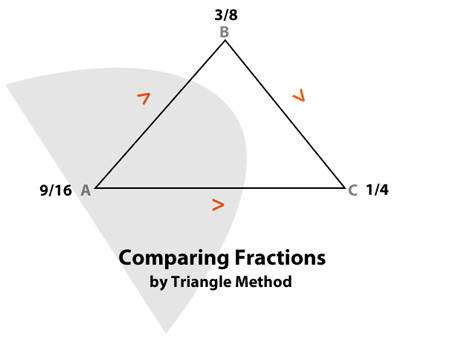On the previous post, we’ve learn the fun way of using Napier’s Bones to solve multiplication. Now, we will try to use Napier’s Bones to solve division problems. The process might be a little bit tedious for division problems involving one or two-digit divisors (I think long division might be faster for division problems involving one or two-digit divisors) but would be handy for problems involving large division.
Let’s start with a two-digit divisor, so as we can clearly follow the process. Take for example:
8820 ÷ 98
To begin, you have to lay down the Napier Rods for 9 and 8

Next, you have to get the sums of each diagonal for each row



We will be using our Napier’s Bones table to operate the long division 
From the Napier’s table of sums, we will use the sum that we can subtract to the first two digit of the dividend, that is 88. But, apparently, the smallest sum in the table is 98. We cannot subtract 98 to 88 and get a positive difference. We will then have to work on the first 3-digits of the dividend, that is 882. From the Napier’s table of sums, we’ve got 882 as the closest sum that we can subtract to 882, which in turn is in row 9 of the Napier’s Grid

Subtracting, we get zero. Moving on, we bring down the next digit of the dividend, that is 0

We don’t have zero on the Napier’s Grid, we then use the value 0. Looking at steps, we get our respective quotient, that is 90.
Example 2
Let’s take another example, this time a 3-digit divisor.
57268 ÷ 278
First, we lay down the Napier Rods for 2, 7 and 8

From the Napier’s table of sums, we will use the sum that we can subtract to the first two digit of the dividend, that is 572.

From the sums, we’ve got 556 as the closest sum that we can subtract to 572, which in turn is in row 2 of the Napier’s Grid.
Subtracting, we get 16. Moving on, we bring down the next digit of the dividend, that is 6. We don’t have a value on the Napier’s Grid that we can subtract to 166, we then use the value 0. Subtracting, we get 166. Moving on, we bring down the next digit of the dividend, that is 8.

We’ve got 1668 as the closest sum that we can subtract to 1668, which in turn is in row 6 of the Napier’s Grid

Looking at steps, we get our respective quotient, that is 206



